Venus Optics Announces 8 New Laowa Lenses including a 17mm f/4 Zero-D for Fujifilm GFX 50S
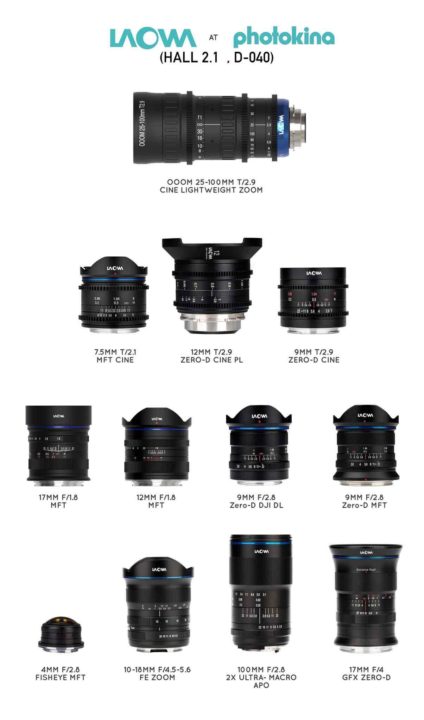
Venus Optics will announce 8 new lenses for Photokina 2018, including a 17mm f/4 Zero-D for Fujifilm GFX 50S.
Down below is the full list of lenses:

Venus Optics will announce 8 new lenses for Photokina 2018, including a 17mm f/4 Zero-D for Fujifilm GFX 50S.
Down below is the full list of lenses:
Fotodiox just announced their Canon EF to Fujifilm GFX Fusion Smart AF Adapter.
You can buy at BHphoto, AmazonUS and Adorama.
We remind you that the Fujifilm GFX 50R will be announced September 25 at 07:30 AM New York time and at the same time there will be also the development announcement of the Fujifilm GFX 100.
Follow FR on Facebook, Instagram, RSS-feed and Twitter
RUMOR, NEWS and COMMUNITY
Fujifilm GFX facebook group
Fujifilm GFX facebook page
Fujifilm GFX 50s body (save $650): BHphoto, Adorama, AmazonUS
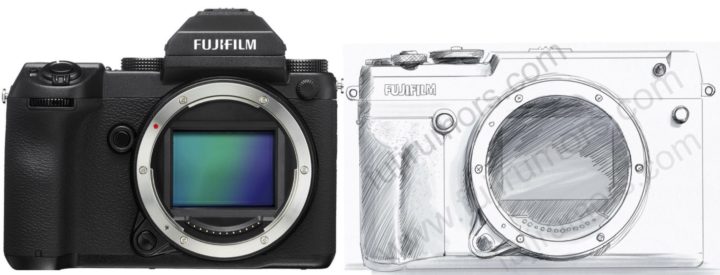
We just leaked the first accurate sketches of the Fujifilm GFX 50R.
Keep in mind that these are handmade sketches, so the proportions could be minimally off.
However, this is a rumor site, and we are here to have fun, so I matched the sketched Fujifilm GFX 50R mount with the one of the Fujifilm GFX 50S. I consider this comparison 95%+ accurate.
I also compared the size of the Fujifilm GFX 50R with the one of the brand new Fujifilm X-T3, the Fujifilm X-E3 and the Hasselblad X1D.
If you like months of breaking rumors exclusively for you here on fujirumors.com, then feel free to join the big party on September 25 at 07:30 AM New York time. There will be…
Follow FR on Facebook, Instagram, RSS-feed and Twitter
RUMOR, NEWS and COMMUNITY
Fujifilm GFX facebook group
Fujifilm GFX facebook page
Fujifilm GFX 50s body (save $650): BHphoto, Adorama, AmazonUS
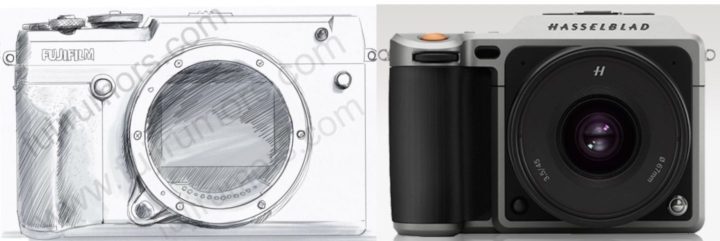

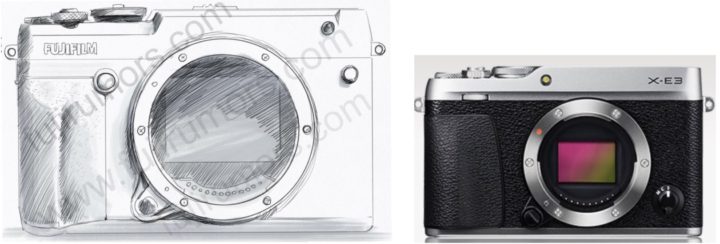
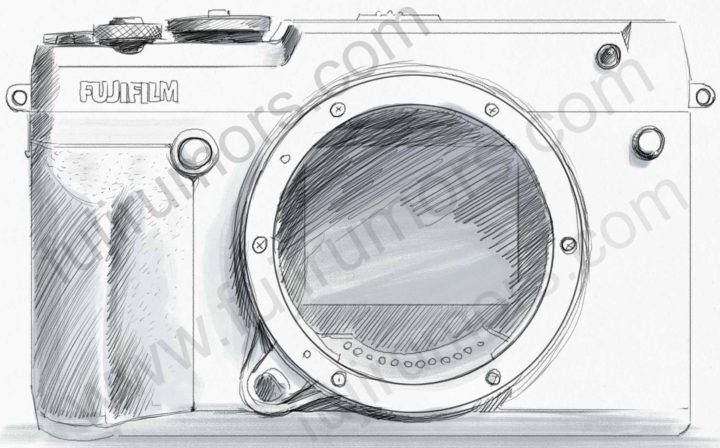
Ahead of the launch of the new Fujifilm GFX 50R on September 25 at 07:30 AM New York time, our top trusted Japanese source decided to make us one of its present: accurate hand-made sketches of the Fujifilm GFX 50R.
And if you doubt our amazing sources, just check out the sketches the very same Japanese source did of the X-Pro2 here and X-H1 here.
Fujifilm GFX 50R rumored specs:
If you like months of exclusive breaking rumors for you here on fujirumors.com, then feel free to join the big party on September 25 at 07:30 AM New York time. There will be…
FR-friend Sebastian has written an article about the Fujifilm GFX 50R “Fujifilm GFX 50R, or Medium Format Temptation, or fighting GAS“.
And it’s not over yet… so make sure to follow us on Facebook, Instagram, RSS-feed and Twitter :)
RUMOR, NEWS and COMMUNITY
Fujifilm GFX facebook group
Fujifilm GFX facebook page
Fujifilm GFX 50s body (save $650): BHphoto, Adorama, AmazonUS
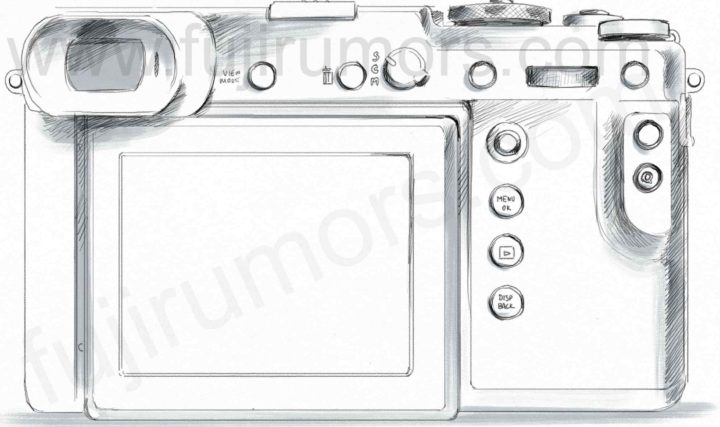
KNGO has received all $5,000 from the various charity initiatives we have launched on FujiRumors for free education for Cambodian kids. Feel free to keep up supporting KNGO by donating a few bucks using their Donate Page.

Trusted sources just told to FujiRumors, that the Fujifilm GFX 100S development announcement will take place on the same day of the Fujifilm GFX 50R announcement, hence September 25 at 07:30 AM New York time.
“Development announcement” means we won’t get the specs (but we already know it will feature the BSI 100MP Sony sensor), however, you will see mockups and maybe even working prototypes of the Fujifilm GFX 100S.
As we already told you back in December 2017, the Fujifilm GFX 100S is rumored to be definitely more expensive than the Fujifilm GFX 50S.
So, this rumor ends here, but it’s not over yet :)
Make sure to follow us on Facebook, Instagram, RSS-feed and Twitter and to join our Fujiflm GFX facebook group as well as our Fujifilm GFX page for 100% GFX news and rumors only
Fujifilm GFX 50s body (save $650): BHphoto, Adorama, AmazonUS
I have no rumors about it, but I guess that along with the Fujifilm GFX 100S and Fujifilm GFX 50R, we might also see some new GF lens announcements and maybe even a new GF lens roadmap.
In fact, according to the internal Fujinon GF lens roadmap we leaked back in April 2017, Fujifilm has still the following lenses in the pipeline:
The leaked roadmap says, that Fujifilm had to decide between the GF 100-200 or the GF 20-36mm for 2018, and at this point I believe GF 100-200 is more likely, with the GF 20-36 to be postponed to 2019. But that’s still my guess, more than a solid rumor.
And speaking of GF lenses, we also shared the following rumors:
Recently here on FujiRumors we published a major Fujifilm GFX 50R specs leak. We also wrote a follow up article about the crazy dreams and realistic expectations about the Fujifilm GFX 50R.
Here on FujiRumors, we shared the first Fujifilm GFX 50R rumors back in December 2017.
Since we shared the rumors, I have read lots of unrealistic expectations regarding this camera by some FR-readers. And while a few of you guys might have been mislead by incorrect rumors (not shared by FujiRumors), some others simply put too many expectations into a camera, the Fujifilm GFX 50R, which will not be a revolution over the Fujifilm GFX 50S (but you will really like it anyway ;) )
So I thought to set things right, and say a few things.
Fujifilm GFX
This will be a rather huge Fujifilm GFX 50S (and lenses) roundup… so let’s start.
Drew wrote me: “I was commissioned by the Daily Telegraph to shoot this Gigapixel image of Trooping the colour to celebrate the queens birthday. I thought It might be of interest. It was was shot on the Fujifilm GFX 50S with the 250mm lens. It is a truly amazing combination – perfectly suited to gigapixel imagery”. You can see the 2.3 gigapixel image made up of more than 100 50MP files at www.telegraph.co.uk
Fujifilm GFX 50S
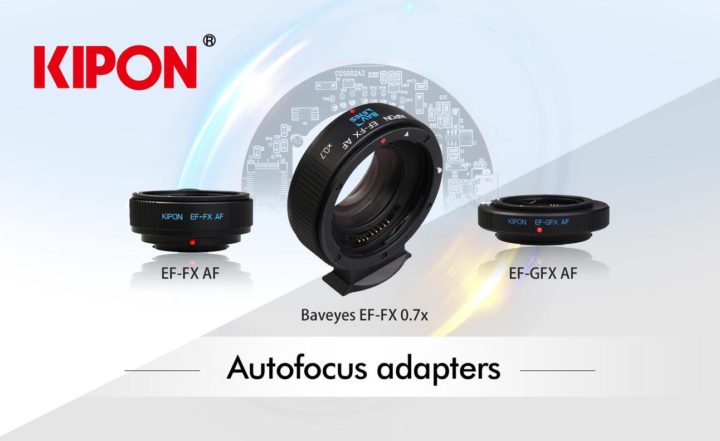
KIPON has released firmware version 1.14 for 3 autofocus adapters of Fujfiilm X & GFX cameras. It mainly improves the issues below:
Fujifilm GFX100RF
BHphoto / AmazonUS (silver – black) / Adorama / Moment / Nuzira / BestBuy
Fujifilm is known to be a very creative company, always open to new markets and ideas.
For example, they used the materials of their dying film rolls business to produce cosmetics (see also “how Fujifilm survived the digital age“).
A flexible company like Fujifilm coudn’t miss the digital camera train, and they released the amazing X and GFX series cameras and lenses.
But what if all this fails?
Well, Fujifilm has a fantastic Plan B: Feed the World!
In fact, Fujifilm Korea just launched the Fujifilm Film Simulation Instant Noodles.
Not kidding guys.
Check out the official Fujifilm Korea page here, as well as their facebook page here.
Noodles: a market that can’t be eaten up by smartphones, so definitely more future proof than digital cameras ;) .
Some FR-readers are already beta tasting the noodles now, and share their feedback at our facebook page here. Also Roy Cruz has already his Fujifilm Noodles First Look at his youtube channel here.
I remind you that Fujifilm technology is already making beer tastier, as we reported here.
Oh… and make sure follow us on Facebook, RSS-feed, Instagram, Youtube and Twitter to get more of these fantastic news.
Fujifilm is doing a lot of things right… but not everything.
So what I want to do today is to highlight 3 errors Fujifilm makes, 1 in the camera division, 1 regarding its lenses and a last one in the Instax world.
You might argue that this is just my opinion, and that’s correct… but also consider this:
Working everyday for such a large Fujifilm community here on FujiRumors, hence reading an average of 124 comments a day as well as a countless number of emails and personal messages on our social media, gives me a privileged insight of what are the needs and wishes that circulate amongst Fujifilm lovers.
So here are 3 errors I am sure will find a good number of you guys agree with me.